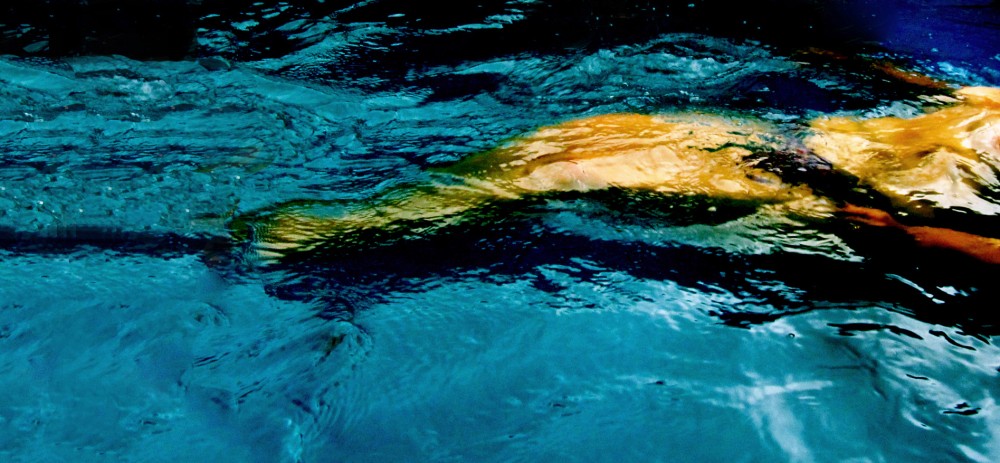“I’m not stupid or lost. It’s Google Map – there isn’t a road going off to the right – just look for yourself,” Chris expostulated.
“Well maybe that little dirt track by the riverbed was the road on the map,” I retorted huffily.
“If you think you know so much let’s go back there then,” snapped Chris.
“I wouldn’t mind walking all day but what about Alan? He must be wondering what has happened to us. I told him we’d be back in an hour and a half and we’re already an hour over… and we have to walk back yet,” I stressed unnecessarily.
We found the dirt track and went up in the right direction for the main road back to Frigiliana. We also found that it looked very much like a farm driveway; there were orange trees (I picked three so that we shouldn’t starve if we couldn’t find civilisation) and trees with fruit like small peaches (and very tasty they were). Right at the top of the strange road was a car and mechanical tools simply left in the middle of the road. Up ahead was a house.
“The farmer’s having lunch,” I laughed, “He’ll hear us and pop his head over the wall in a minute…”
At that moment the farmer called out from the top of the wall. Luckily he was a nice farmer with a pleasant smile. He could speak no English (to speak of) and, likewise, we could speak no relevant Spanish. Nevertheless, we were all quite adept at sign language and he soon understood our predicament.
“The olives – no trouble me,” he said pointing to his olive grove on the mountainside (the road was above). Then he looked at me and shrugged.
“Maa….maaa….” I bleated.
Our scramble up through the olive grove at a forty-five degree angle was most exhilarating and exciting, in fact it was our best walk. We weren’t lost and our tiff was soon forgotten. And tomorrow we’ll be home in Devon – how surreal!












































































































































































































